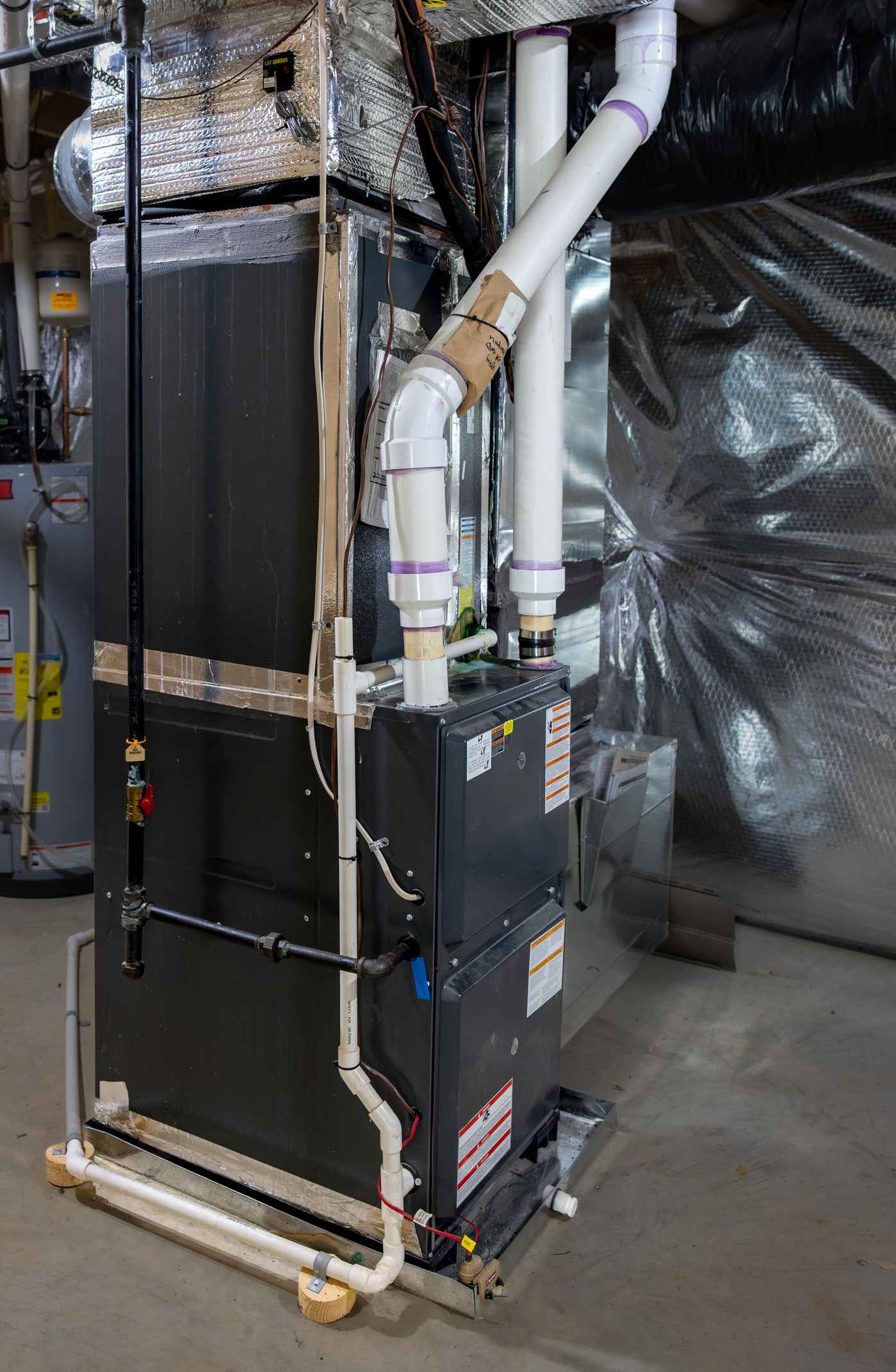4.8 Google Rating
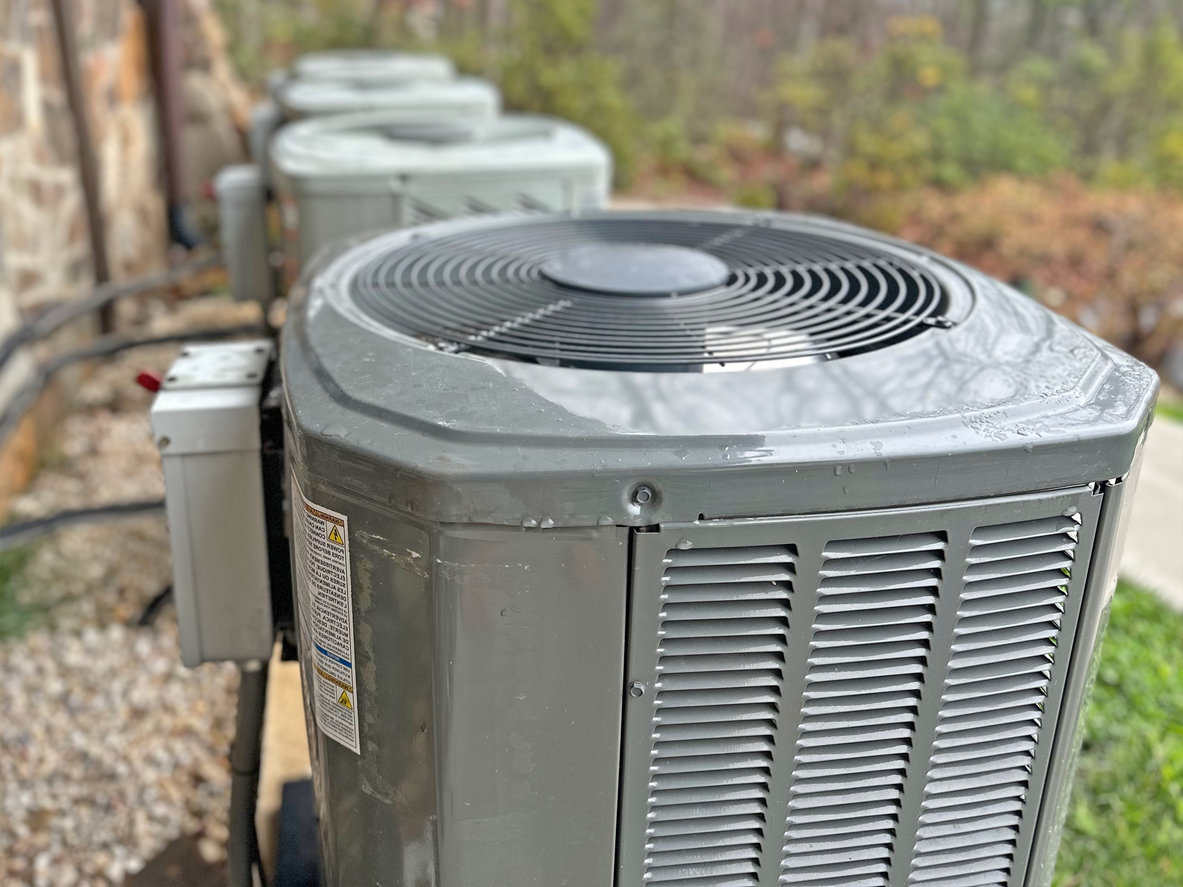
Everything You Wanted to Know About Replacing Your HVAC: Part 1 – Proper Sizing and Design
Replacing your HVAC system is a significant investment, and ensuring it’s done correctly can make all the difference in long-term comfort, efficiency, and cost savings. One of the most critical factors in any HVAC replacement is proper system sizing and design. Installing the wrong size system can lead to a host of issues, from inconsistent temperatures to high energy bills. In this first part of our HVAC replacement series, we’ll explore the importance of accurate sizing, what goes into HVAC design, and how the right system can optimize performance for your Austin home.
1. Why Proper HVAC Sizing Matters
The size of your HVAC system directly affects its performance and efficiency. An undersized system won’t be able to keep up with demand, causing it to run continuously as it tries to cool or heat your home, leading to premature wear and higher energy costs. On the other hand, an oversized system may cool or heat the space too quickly, causing it to short-cycle, or turn on and off frequently. This can lead to uneven temperatures, increased humidity, and additional wear and tear on the system’s components.
The right-sized HVAC system operates efficiently and keeps your home comfortable without overworking itself. Proper sizing allows for balanced airflow, consistent temperatures, and effective humidity control—all crucial for comfort in Austin’s hot and humid climate.
2. How HVAC Size is Determined: The Load Calculation
Choosing the right size HVAC system requires a thorough load calculation, often referred to as a Manual J calculation. This process takes into account multiple factors beyond just square footage. A professional load calculation considers:
- Square Footage: While square footage is a starting point, it’s far from the only factor.
- Insulation: Homes with high-quality insulation require less cooling and heating capacity, while poorly insulated homes need more power to maintain comfortable temperatures.
- Window Type and Orientation: The type, number, and orientation of windows play a significant role in heat gain and loss. South-facing windows, for example, allow more sunlight and heat, which increases cooling needs in the summer.
- Air Leakage: Air leaks around doors, windows, and ductwork impact HVAC performance. Homes with high air leakage may need additional cooling or heating capacity to compensate.
- Occupants: The number of people in the home, along with their typical activities, affects heat load.
These factors allow HVAC professionals to accurately assess the cooling and heating needs of your specific home, ensuring the right system size for optimal comfort and efficiency.
3. Understanding BTUs and SEER Ratings
HVAC system capacity is measured in British Thermal Units (BTUs), which represent the amount of energy required to heat or cool one pound of water by one degree Fahrenheit. Residential HVAC systems are typically sized in tons, with each ton equivalent to 12,000 BTUs. The correct tonnage for your home will depend on the load calculation results, as well as the local climate.
Alongside BTUs, the SEER (Seasonal Energy Efficiency Ratio) rating indicates the efficiency of an air conditioner. Higher SEER ratings represent greater efficiency, leading to lower energy consumption. When replacing your HVAC, selecting a system with an appropriate SEER rating for Austin’s climate can provide both comfort and energy savings. While higher-SEER systems may come at a higher upfront cost, the efficiency and savings they offer over time make them a worthwhile investment.
4. Importance of HVAC Design: Beyond the System Size
Proper HVAC system sizing is essential, but so is the overall design of the system. A well-designed HVAC system considers duct layout, airflow, zoning, and equipment placement to maximize performance and comfort. For example, if the ductwork isn’t sized correctly or has leaks, even a perfectly sized HVAC system will struggle to distribute air evenly, leading to temperature imbalances and wasted energy.
Duct design involves mapping out an efficient route for air distribution, ensuring minimal bends and leaks. For larger homes, a zoning system that allows independent temperature control in different areas can significantly improve comfort and efficiency. This design element is especially useful for multi-level homes where upstairs rooms may require more cooling than downstairs spaces.
5. Benefits of a Right-Sized, Well-Designed System
When your HVAC system is properly sized and designed, you’ll notice immediate improvements in comfort and efficiency. Key benefits include:
- Energy Efficiency: A right-sized system consumes less energy, which reduces monthly bills and lowers your home’s environmental footprint.
- Consistent Temperatures: Proper sizing and duct design ensure balanced airflow and consistent temperatures throughout your home, eliminating hot and cold spots.
- Humidity Control: In Austin’s humid climate, controlling indoor humidity is crucial for comfort. An accurately sized system will dehumidify the air effectively without causing the humidity to spike or drop excessively.
- Longer System Lifespan: HVAC systems that aren’t overworked or forced to short-cycle last longer and require fewer repairs. This means your investment will serve you well for years to come.
- Improved Indoor Air Quality: Balanced airflow reduces dust buildup and helps filter out pollutants, creating a healthier indoor environment for you and your family.
6. How McCullough Ensures the Perfect Fit
At McCullough Heating & Air Conditioning, we understand the importance of sizing and designing HVAC systems specifically for Austin’s unique climate. Our team uses comprehensive load calculations and design principles to ensure that each installation is tailored to the home’s needs. We also consider your budget and preferences, offering options that provide the best balance of efficiency, comfort, and cost.
From calculating the appropriate BTUs to recommending the ideal SEER rating, we work to provide a system that not only meets your needs today but also serves you well in the future. Our attention to detail and commitment to quality ensure that your new system will deliver comfort and savings season after season.
7. Planning for Long-Term Efficiency
While initial installation and sizing are critical, long-term efficiency requires a commitment to routine maintenance. Annual check-ups help keep your system running at peak performance, maintaining efficiency, and preventing issues that can arise from normal wear and tear. Regular maintenance, combined with proper sizing and design, extends the system’s lifespan and maximizes its efficiency, helping you get the most out of your investment.
Additionally, if your system was oversized or undersized previously, you might notice a substantial improvement in your home’s comfort and energy bills with a right-sized system. Accurate sizing is more than just a technical detail; it’s a key factor that impacts your day-to-day comfort and long-term savings.
Conclusion: Start Your HVAC Replacement Journey with Confidence
Replacing an HVAC system is a significant investment, and ensuring the proper sizing and design is the first step to success. With McCullough Heating & Air Conditioning, you can trust that your system will be expertly tailored to your home’s unique needs. Our team is here to guide you through every step of the process, ensuring that you receive a reliable, efficient system that enhances your comfort and reduces energy costs. Contact us today to begin your journey toward a perfectly sized and expertly designed HVAC system.
Recent News
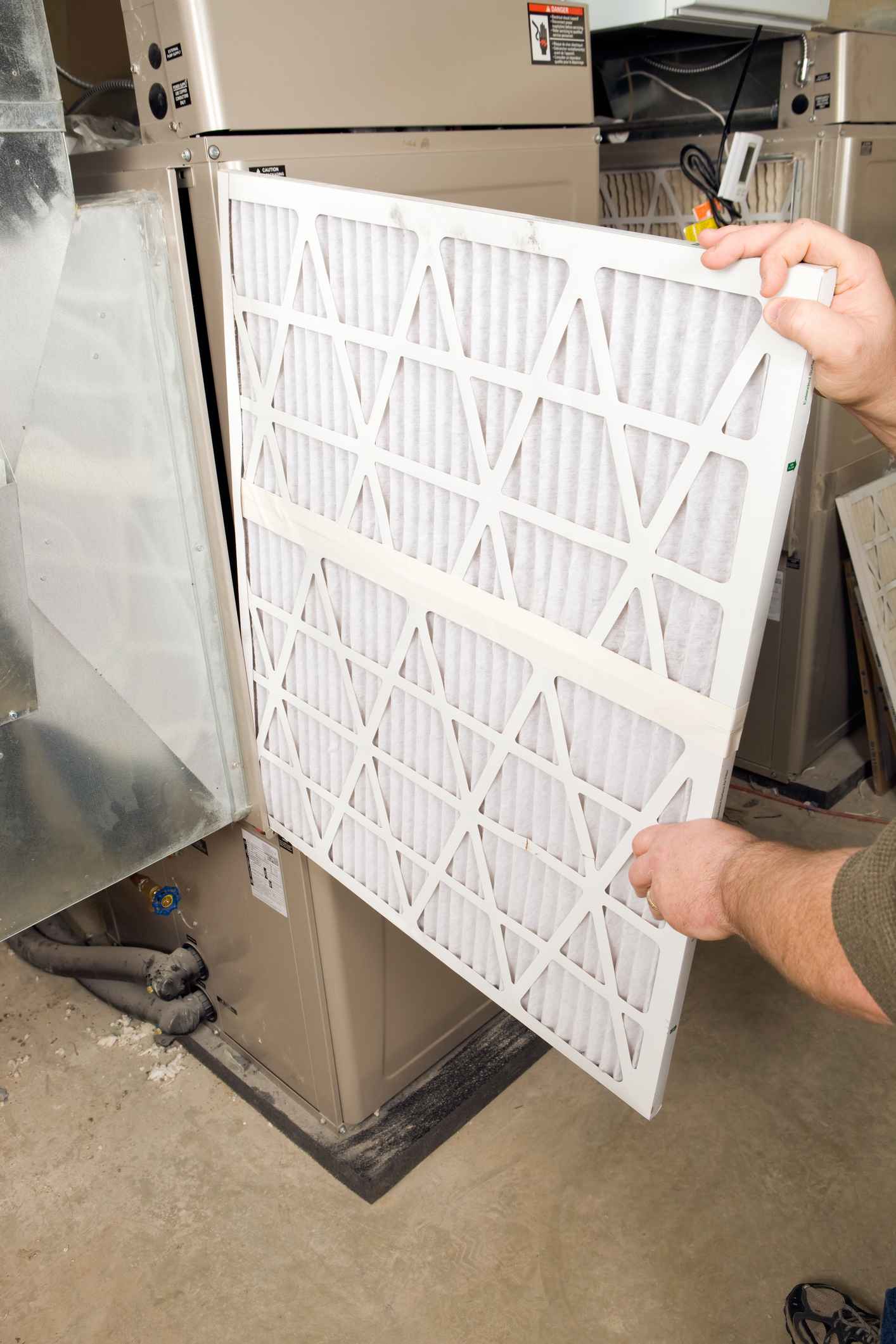
December HVAC Checklist: How Austin Homeowners Can Stay Warm During Sudden Cold Snaps

The Hidden Costs of Ignoring HVAC Duct Leaks in Austin’s Humid Climate
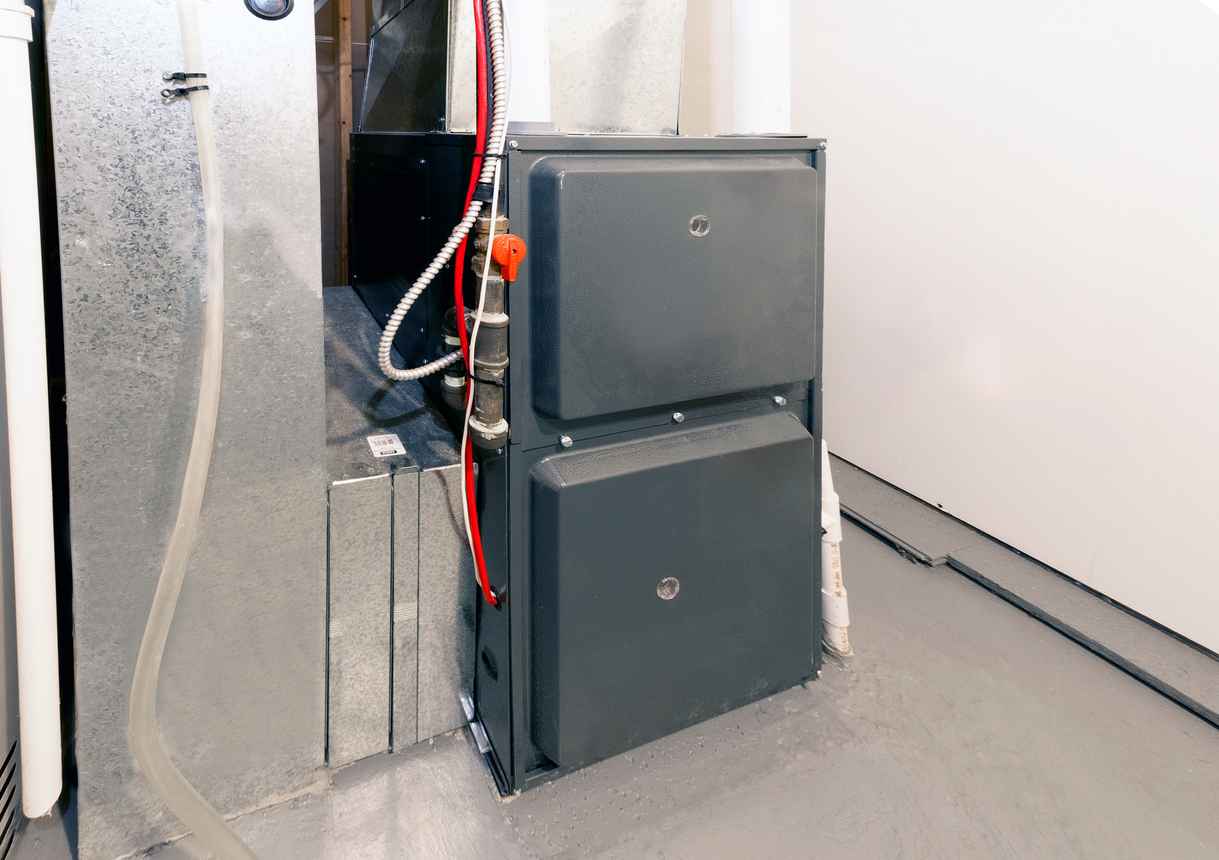
What Makes McCullough Heating & Air Conditioning the Right Choice for Austin Heating Needs
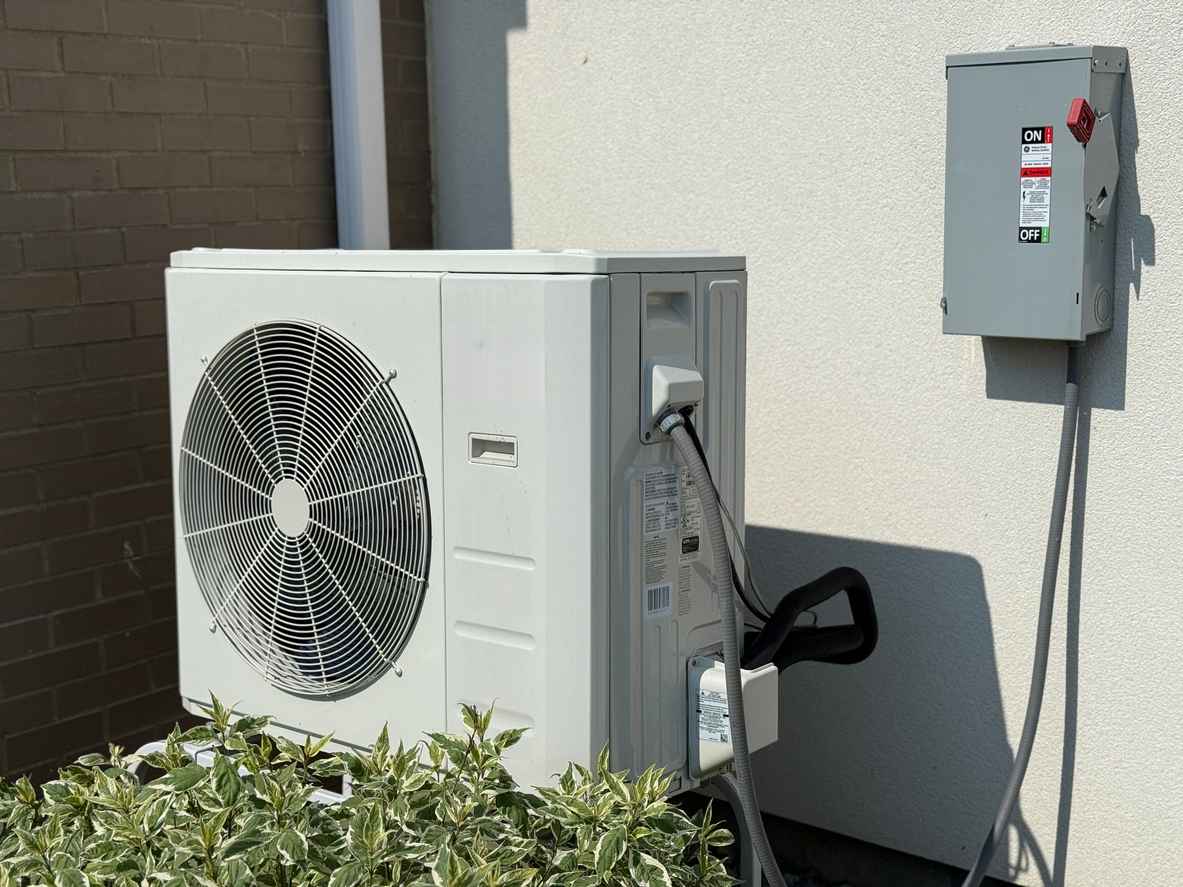
Why Texas Homeowners Are Upgrading to Heat Pumps in 2026: Efficiency & Tax Credit Insights
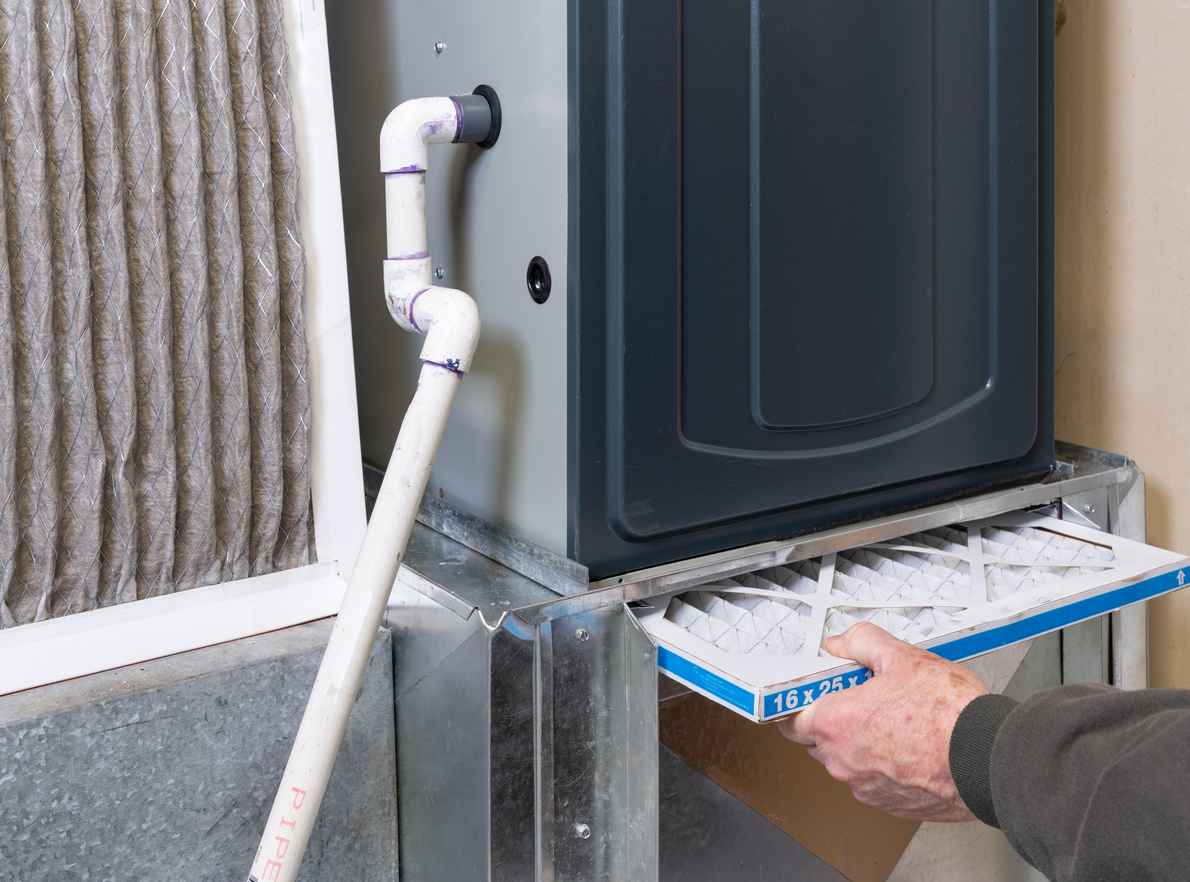
Is Your Furnace Ready for a Central Texas Winter? Austin Homeowners Should Check This First
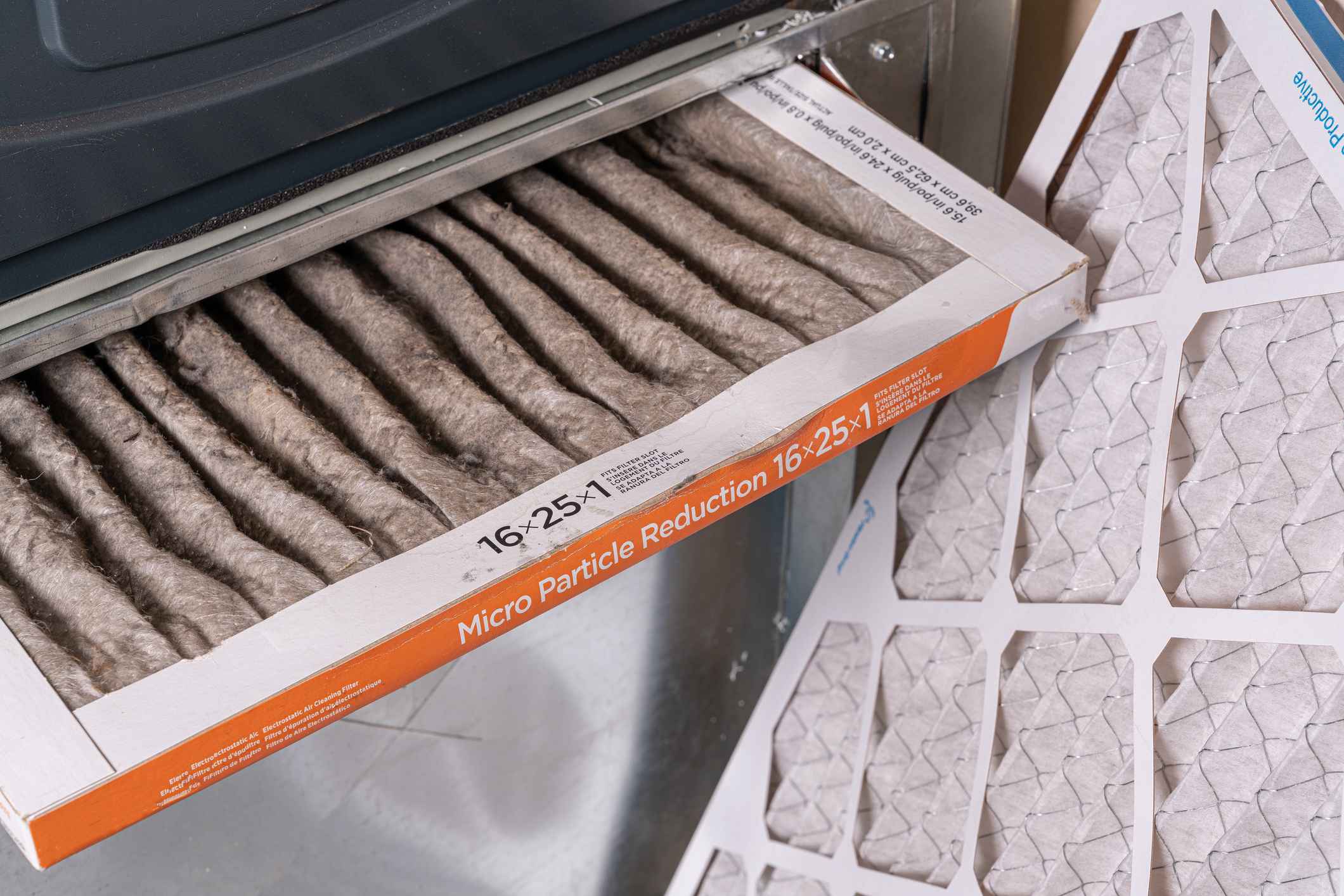
Don’t Get Spooked by Strange HVAC Noises This Halloween: Austin’s Guide to a Fright-Free, Cozy Home
